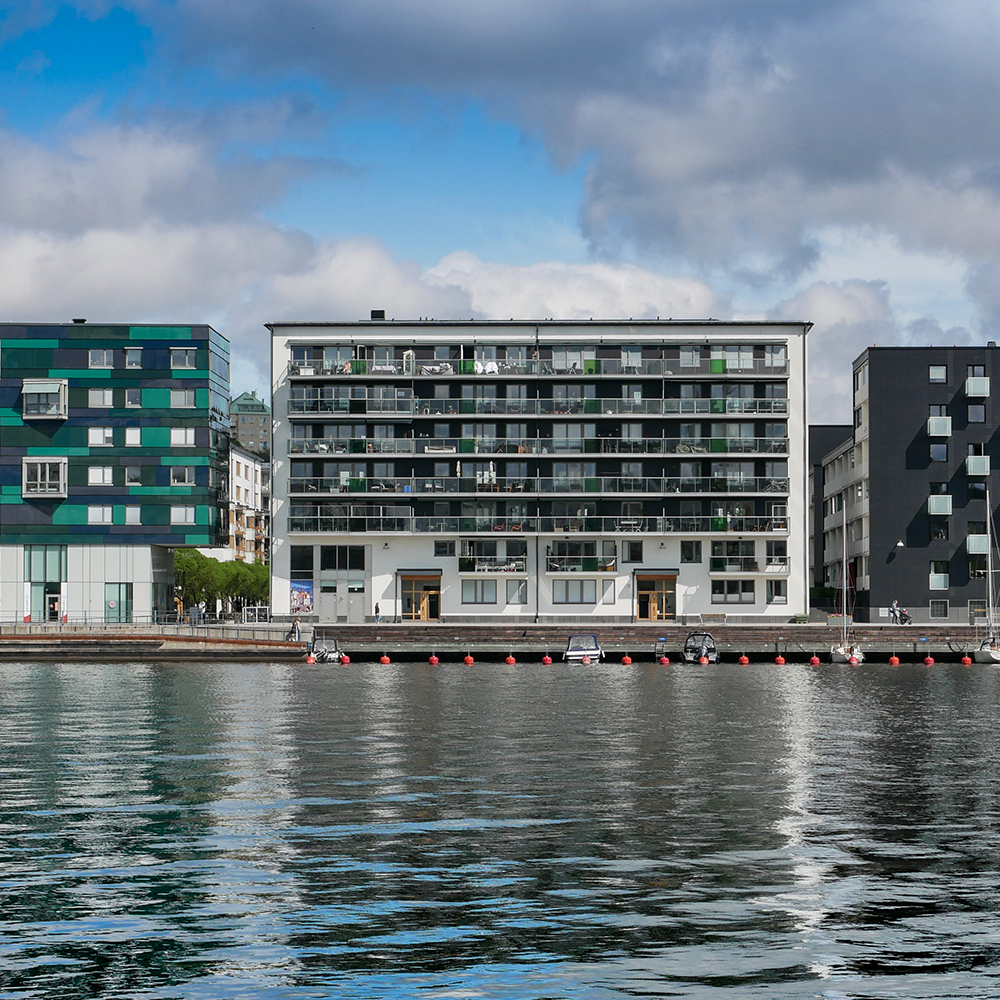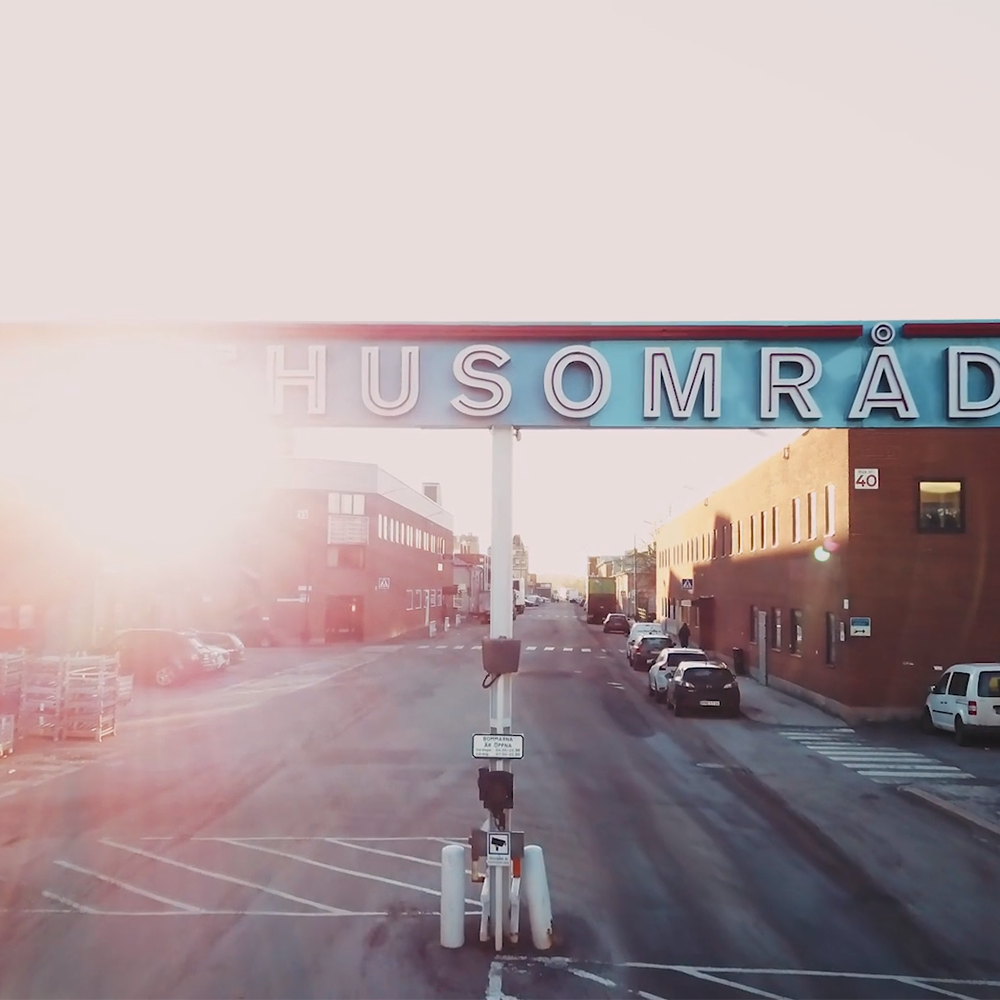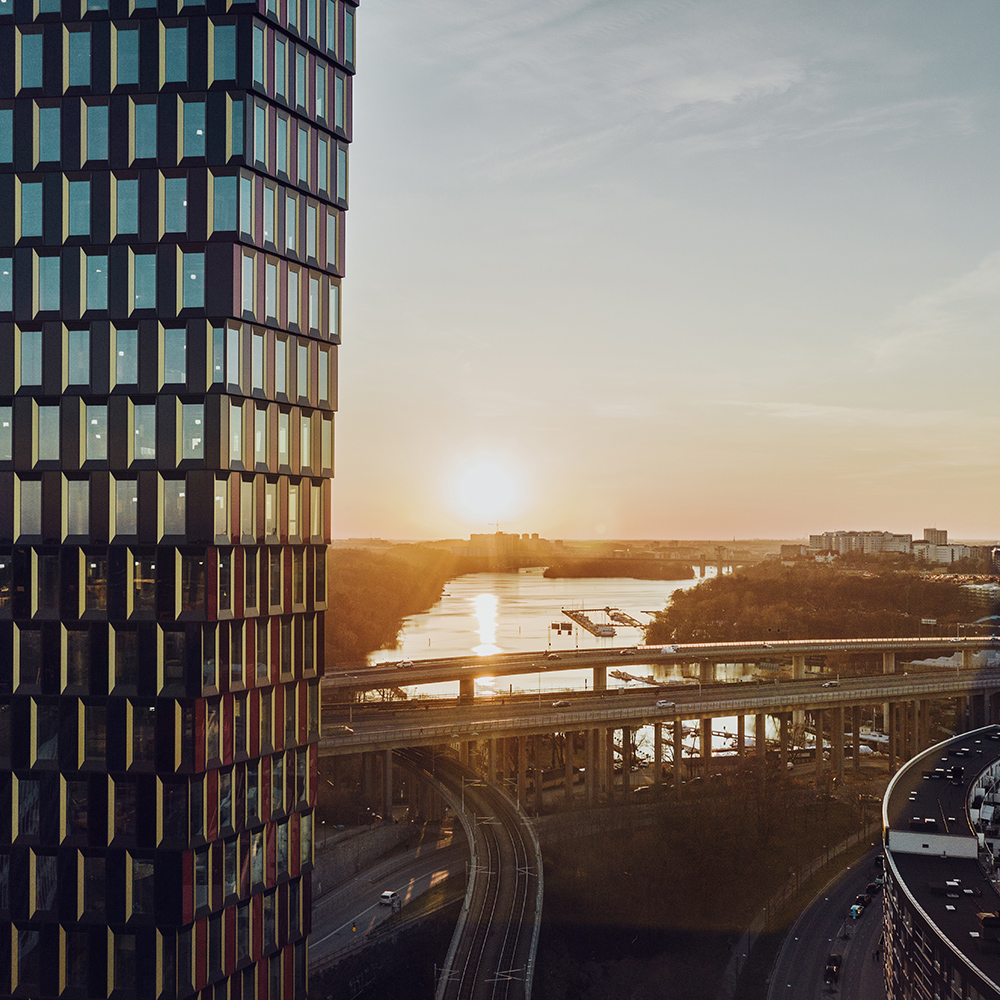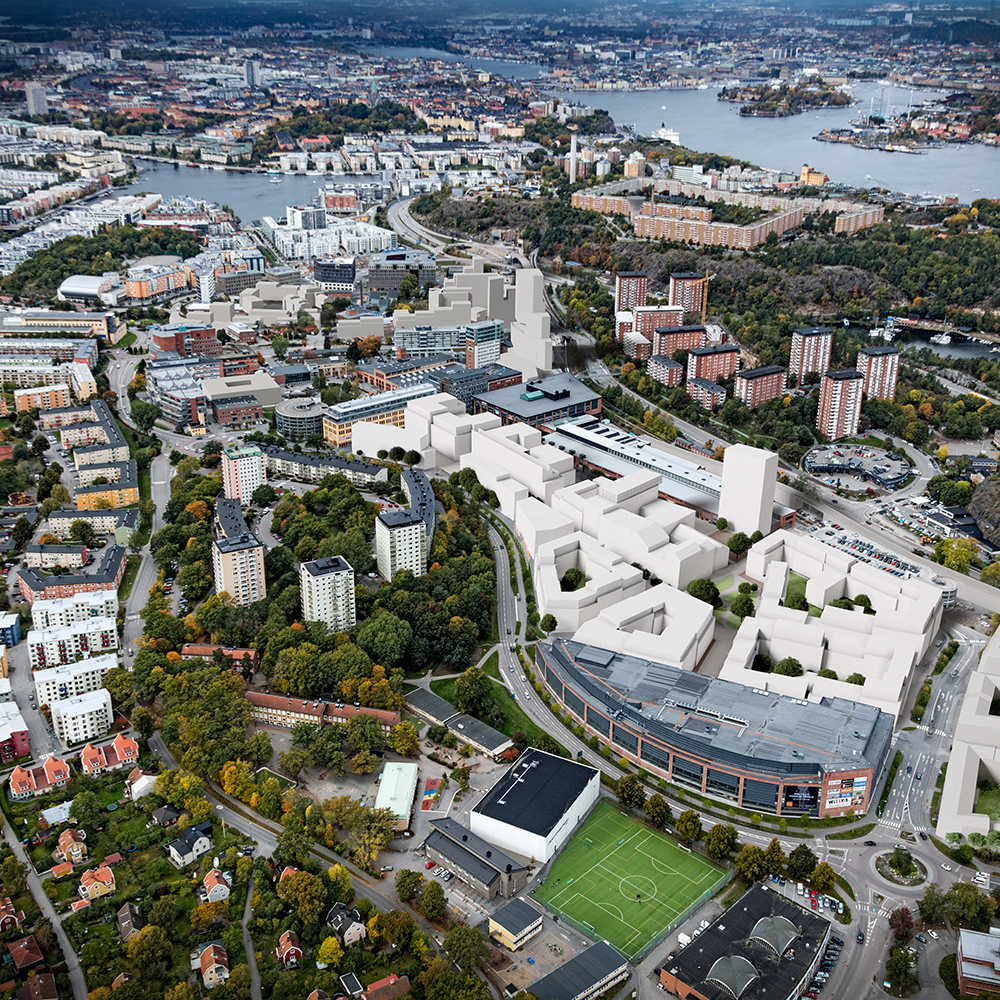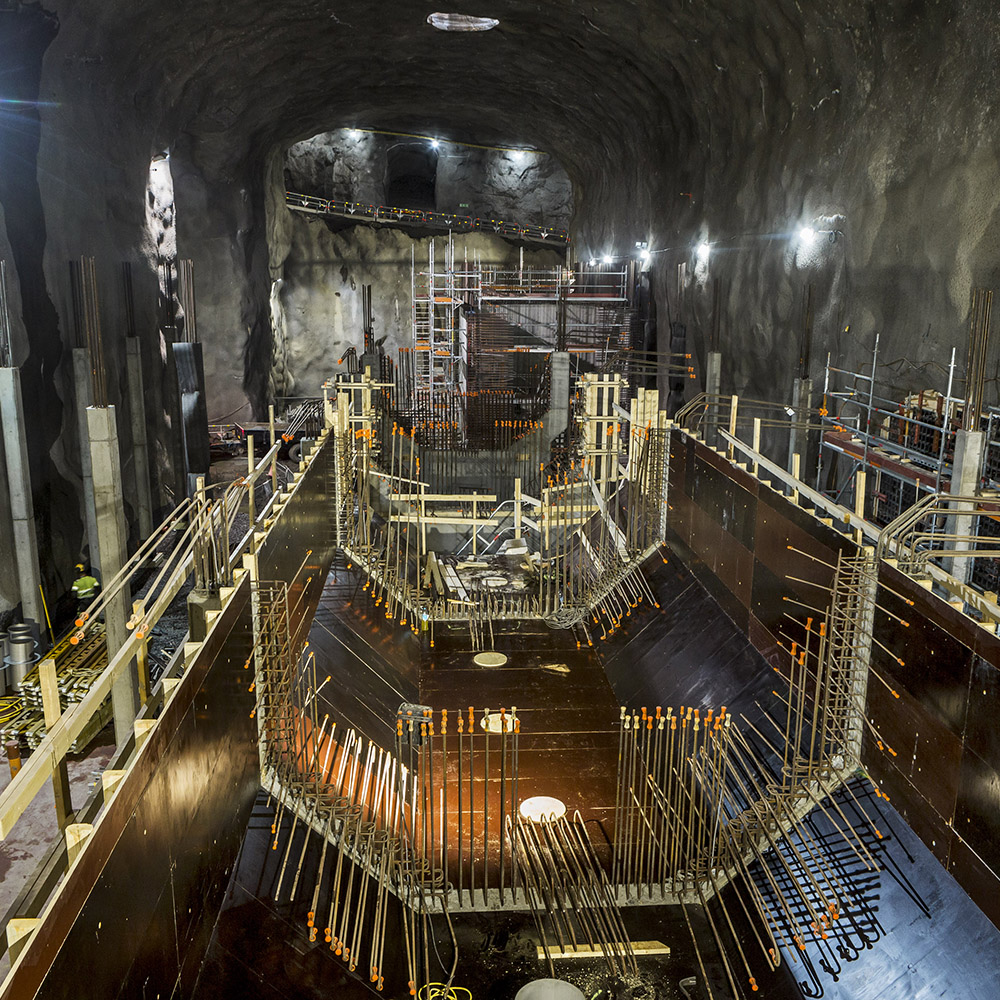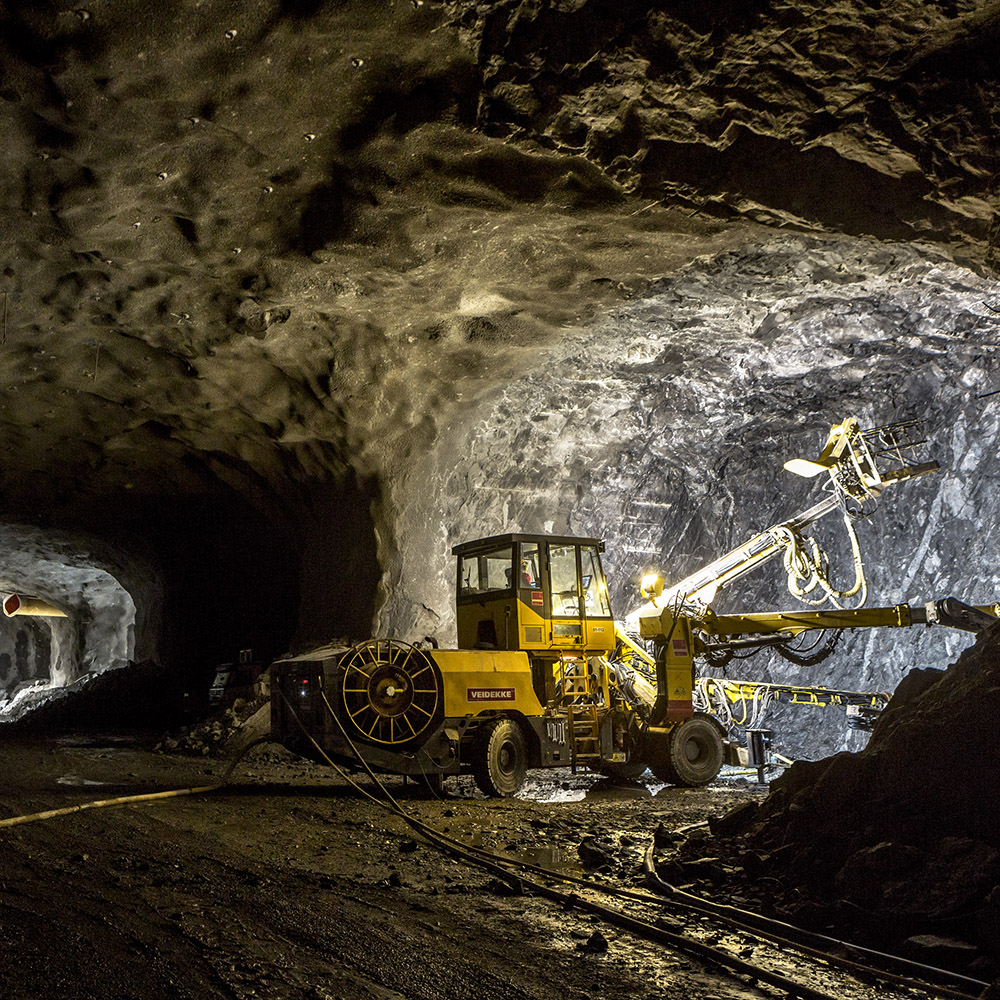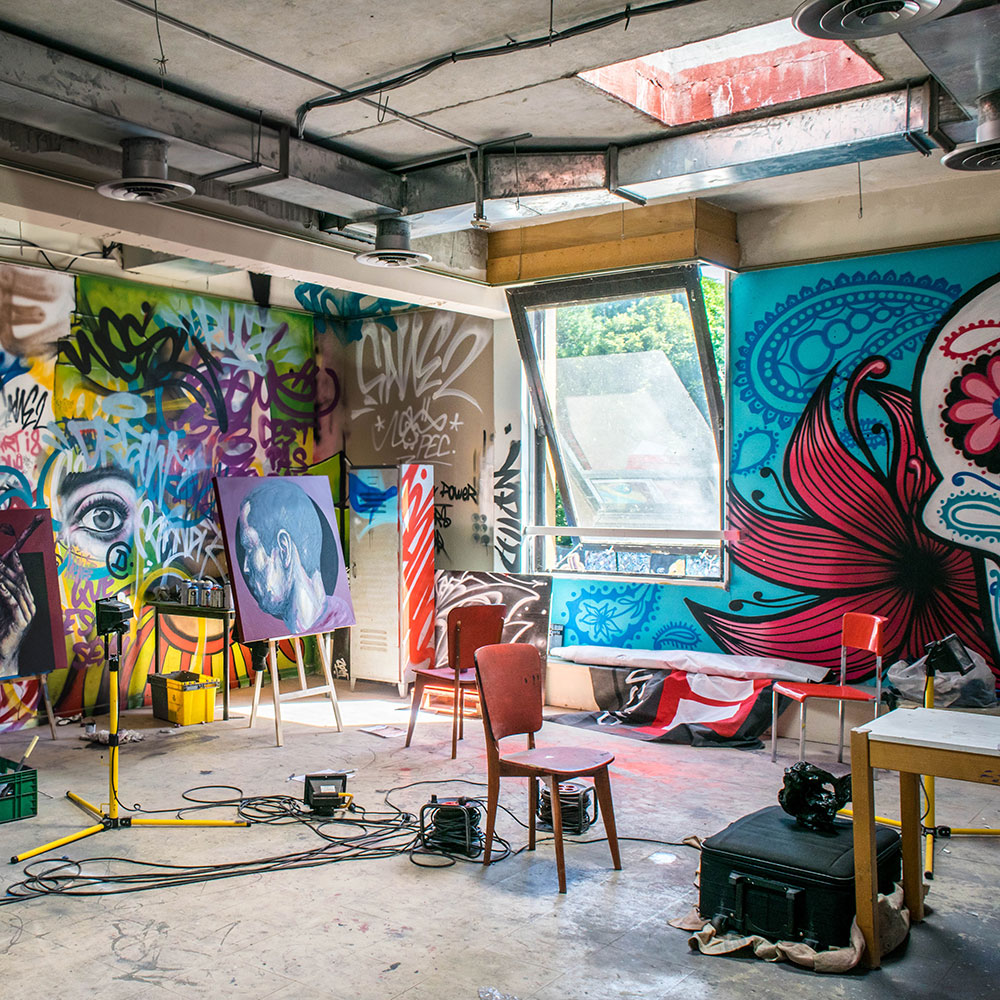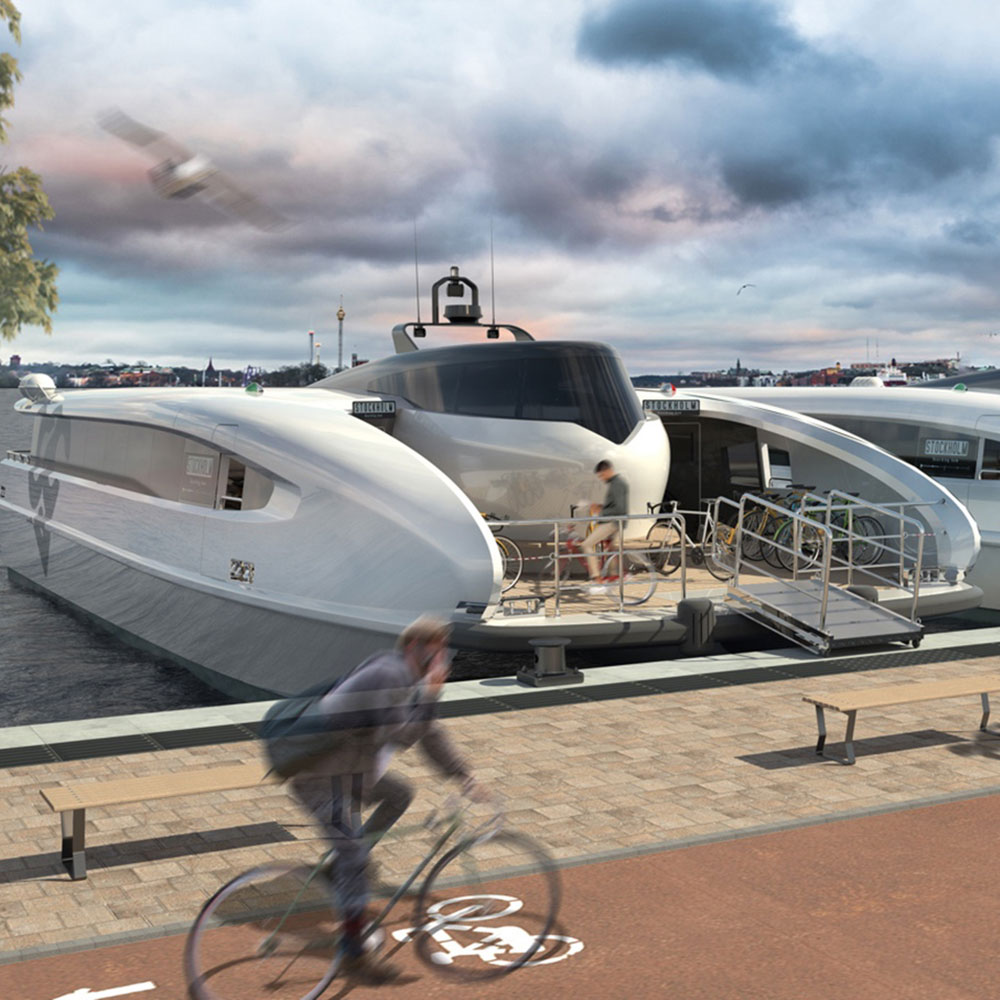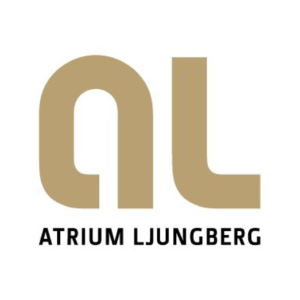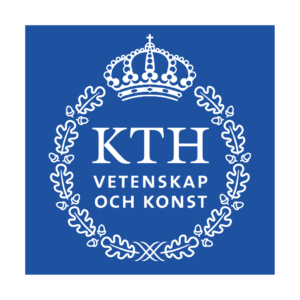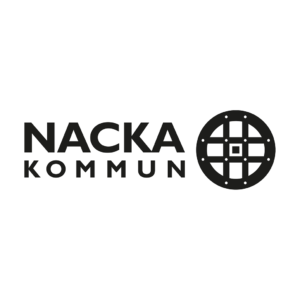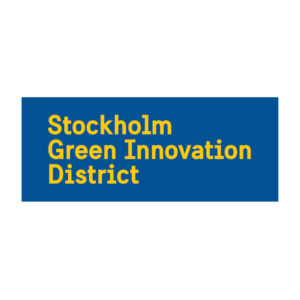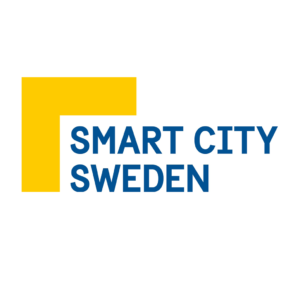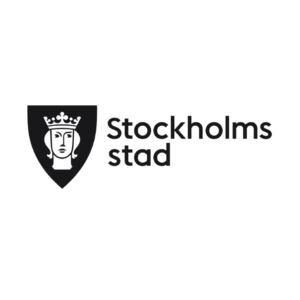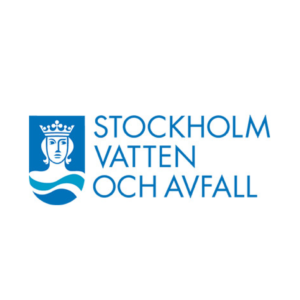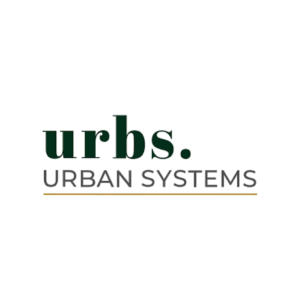Hammarby Sjöstad for the New European Bauhaus
Pioneering viable cities
The New European Bauhaus, organized by the EU Commission, is an environmental, economic, and cultural initiative aimed at helping deliver the European Green Deal. The core values of the New European Bauhaus are are sustainable, beautiful and together.
Sweden is well positioned to take a leading role in the design and implementation of the New European Bauhaus. The country has a rich tradition of innovative and sustainable development: from the Stockholm Exhibition in 1930 to new forms of city planning in the 1940s and 1950s, all the way up to 21st century sustainable city development projects. Recent examples include the Western Harbour in Malmö and the Royal Seaport and Hammarby Sjöstad in Stockholm.
Hammarby Sjöstad is one of Stockholm’s largest urban development projects. The development has evolved over the course of 20 years in an area previously used for industrial and harbour activities. It is now home to around 25,000
The New European Bauhaus, organized by the EU Commission, is an environmental, economic, and cultural initiative aimed at helping deliver the European Green Deal. The core values of the New European Bauhaus are are sustainable, beautiful and together.
Sweden is well positioned to take a leading role in the design and implementation of the New European Bauhaus. The country has a rich tradition of innovative and sustainable development: from the Stockholm Exhibition in 1930 to new forms of city planning in the 1940s and 1950s, all the way up to 21st century sustainable city development projects. Recent examples include the Western Harbour in Malmö and the Royal Seaport and Hammarby Sjöstad in Stockholm.
Hammarby Sjöstad is one of Stockholm’s largest urban development projects. The development has evolved over the course of 20 years in an area previously used for industrial and harbour activities. It is now home to around 25,000 inhabitants and a large number of businesses.
There are three key elements that characterize Hammarby Sjöstad and, by extension, the burgeoning Stockholm Green Innovation District:
Hammarby Sjöstad has its own local circular resource concept, “the Hammarby Model”, and its own distinct aesthetic.
When beginning to plan Hammarby Sjöstad at the end of the 1990s, the Mayor of Stockholm declared an ambition to build a new city district “twice as good as anything built before” in terms of sustainability.
The “Hammarby model” became unique as a blueprint for cities of the future in its integration of solutions for energy, solid waste, water, wastewater, and stormwater. The City of Stockholm has also imposed strict environmental requirements for building materials, energy use, transportation, and traffic.
All apartments are connected to the district heating system, and household waste and heat pumps supply fuel to the district heating plant. The sewage water from the area is cleaned and the sludge used in an anaerobic process to produce biogas.
Sustainable public transportation serves the area in the form of electric light rail, biogas-powered buses, and a free public ferry service on Hammarby Lake between the district’s southern and northern points. Carpools are available to residents and people working in the area.
This district has won international recognition for the integration of its infrastructure, its sustainable methods of managing water, energy, and waste, and its urban design.
The area’s location, as a natural continuation of Stockholm’s inner city, has shaped the infrastructure solution, mixed land use, urban design character, and design of the buildings. This expansion has involved efficient development of the area’s technical service systems and efficient land use. Traffic barriers have been removed and the old industrial and harbour areas have been phased out, concentrated, or given a new purpose. Hammarby Sjöstad adds a new “annual ring” to Stockholm’s urban growth.
Socially oriented design characterizes the area, resulting in viable habitats. The design scheme comprises a modern, semi-open, block-based city; a combination of a closed, traditional inner city with a more modernist open-planning approach. The inner-city street dimensions, block sizes, building heights, density and functionality commingle with a new openness, waterfront views, parks, and sunlight. The area’s socially oriented design is also reflected in semi-private and semi-public outdoor areas, limited building depths, large balconies and terraces, big windows, flat roofs, and brightly coloured rendering on water- and park-facing façades.
The eco-friendly transformation of Hammarby Sjöstad has also involved a major investment in elements such as green spaces, walkways, several large parks, and a reed park featuring wooden jetties.
Hammarby Sjöstad 2.0 is citizen driven and aims to be climate neutral by 2030.
Residents of Hammarby Sjöstad are committed to working together to make the district a global leader in smart and sustainable city development: Hammarby Sjöstad 2.0. The concrete goal is to make the area climate neutral by 2030.
This ambitious plan rests on a close cooperation between housing associations, research organisations and innovative enterprises. The plan recognizes that citizens – as consumers, producers and owners of housing and means of transportation – bear a great deal of responsibility for climate transition.
Hammarby Sjöstad is already demonstrating leadership by serving as a testbed for energy efficiency, transition to renewable energy, energy storage and energy sharing – all with the aim of becoming a self-sustaining local energy district.
It is also operating as a testing ground for transport electrification as it builds an infrastructure for EVs and establishes a zero-emission zone for transport vehicles, among other measures. Hammarby Sjöstad 2.0 is also a living lab working to forge a sharing city that takes concrete action for social sustainability, including the establishment of networks to keep the area clean and safe.
Stockholm Green Innovation District
Building on the success of Hammarby Sjöstad, the City of Stockholm is cooperating with leading real estate developers like Skanska and Atrium Ljungberg, as well as the region’s main innovation stakeholders to establish the Stockholm Green Innovation District a public-private joint venture to pioneer viable cities. This is a new, ambitious step in the Swedish Bauhaus tradition and in modern Swedish city development.
The District consists of nine distinct city development projects that target new housing for 20,000+ inhabitants, more than 20,000 new workplaces as well as a new sports and health centre. The projects apply smart city innovation in areas like energy saving, reuse of water and materials, and new infrastructure for water purification for the entire Stockholm area. Refurbishment of residential as well as industrial buildings with culture heritage values is also part of the Green Innovation District.
Stockholm Meat Packing Distric – pioneereing the creative city
is one of Stockholm’s biggest ever city development projects. It builds on food production traditions and mixes old and new buildings to develop a truly creative city (Atrium Ljungberg)
Sthlm New in Hammarby Sjöstad – pioneering a creative working life
is a new area that incorporates housing, office buildings with 8,000 workspaces, shops, a bus depot and infrastructure for electric energy, with a 27-storey building that serves as a new landmark for the whole District; this is a place for enterprises developing new creative forms of work life (Skanska)
Sickla/Nobelberget – pioneering the attractive city
is located in the neighbouring Nacka municipality and currently has 7,000 workplaces. The development will see the transformation of an old industrial area into a new residential area with high ambitions for sustainability and climate transition. The Sickla Station building will function as a new landmark in the eastern part of the District. The area will include 7,000 new workplaces and homes for 4,000 people (Atrium Ljungberg).
The new Hammarby Hill – pioneering physical activities and health
is a sporting venue for downhill skiing, now to be further developed into a year-round facility for physical activities and health in the centre of the city. Easily accessible for people all over Stockholm via underground or light railway (Skistar)
Stockholm Water Innovation Centre – pioneering innovation in waste water treatment
is a globally leading research institute developing technologies for the transformation of sewage treatment into production facilities for energy and biogas (IVL).
Stockholm Water and Waste Company – pioneering waste water treatment
provides households in Stockholm and several surrounding municipalities with water and advanced waste water treatment. An upgrade of the present facility in Hammarby Sjöstad sees the introduction of new membrane technology in order to substantially reduce emissions of phosphorus and microplastics before releasing water into the Baltic Sea (SVOA).
Superlatives – pioneering digital content and communication
is a new organization for creators of digital content and communication, part of an international network of similar meeting places. It has chosen to locate its activities in the Stockholm Green Innovation District due to the emerging creative and dynamic environment in the area (Urban Tech Sweden/Urbs Systems).
Green City Ferries – pioneering emission free ferry boats
is a Stockholm based technology company, developing hydrogen transport systems for waterborne commuting. Green City Ferries has developed a program for transition to emission free ferry boats in the Stockholm region. Green City Ferries has been awarded first prize in UITP Mobility Startup Challenge 2021 for its concept for emission free ferry boats.
Stockholm Green Innovation District
is supported by: Invest Stockholm Business Region, the city’s investment promotion agency; Smart City Sweden, a state-funded export platform that initiates cooperation between Sweden and other countries within smart and sustainable city solutions.







